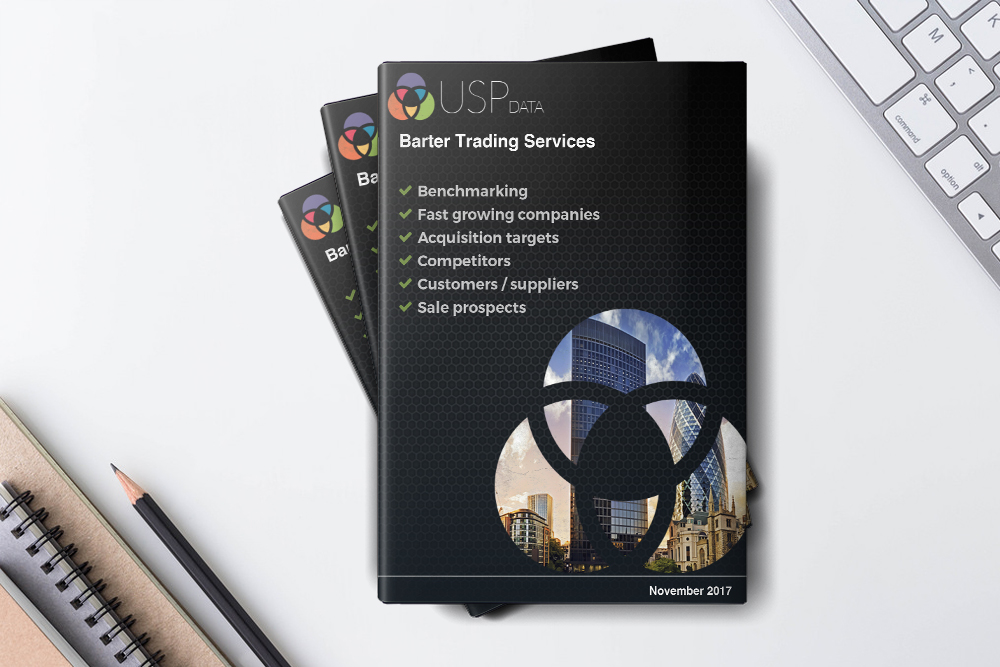In the constantly evolving world of business, success lies in mastering the intricate craft of strategic market segmentation. It’s not just a concept; it’s a dynamic tool that, when wielded with precision, can steer the course of businesses. Let’s delve deep into the realm of market segmentation and uncover the secrets that can revolutionize your approach, streamline your efforts, and boost your overall effectiveness.
Customizing Your Approach: Precision in Segmentation The essence of strategic market segmentation revolves around tailoring your approach to potential customers or acquisitions with surgical precision. The latest data becomes your guiding star, leading you through the labyrinth of financials, geography, keywords, industry sectors, and shareholder profiles. This precision ensures that your message resonates with the targeted companies, creating a resonance that sharpens your marketing efforts and amplifies their impact.
B2B Market Segmentation: A Precision Instrument In the realm of B2B marketing, understanding your audience is the linchpin of success. With 5.2 million live UK companies, segmentation becomes the precision instrument that sets your strategy apart from the broad strokes of mass marketing. Creating shortlists based on shared characteristics, needs, and behaviors is the strategic approach that enables businesses to tailor their interactions for maximum impact.

Within each sector, companies display diverse trajectories—some thriving, some struggling—with variations in shareholder demographics and geographical remoteness. Recognizing and reflecting these nuances in your message becomes imperative to resonate with each company’s current position.
Diverse Dimensions of Segmentation Market segmentation isn’t a one-size-fits-all strategy. It’s a multifaceted approach that delves into the intricacies of company size, industry vertical, geographical location, and even the lifecycle stage of the business. This recognition of unique challenges, goals, and decision-making processes within each business ensures that the contact messages you craft are not only relevant but also highly receptive.
For example, tailoring messages to companies that meet specific selection requirements but have main shareholders aged 55 and above might lead to more conversations on succession plans, compared to similar communications to younger shareholders in their thirties.
The Imperative of Segmentation in B2B Marketing B2B marketing, with its inherent cost and time intensity, demands a strategy that caters to the distinct needs of each business. A generic marketing approach falls short in addressing the complexities of diverse businesses. Segmentation, therefore, emerges as a necessity that brings clarity, relevance, and customized solutions, directly addressing the concerns at the heart of each segment.
Efficient firmographic tools for segmentation have the potential for significant cost savings, ensuring that resources are allocated where they can yield maximum returns.
Crafting Tailored Messages: The Magic of Segmentation Once segments are identified, the real magic happens in the messaging. Tailoring messages to resonate with specific pain points becomes the key to capturing attention. Communication, being a two-way process, requires an investment of time in crafting messages infused with key, relevant information.
Understanding the nuances of each segment is paramount. A startup, driven by cost-effectiveness and scalability, requires a different language than a well-established corporation prioritizing reliability and seamless integration. It’s this understanding that allows businesses to speak directly to the language of their audience.
Dynamic Nature of Segmentation Strategy The business landscape is ever-evolving, and so should your segmentation strategy. Regularly revisiting and reassessing your approach ensures that it stays relevant and effective in the face of changing dynamics. Segmentation empowers businesses to spend precious time chasing deals with companies that can afford it or acquisitions that align with the right size, profitability, and sector.

Data: The Backbone of Segmentation Data is the secret sauce that transforms segmentation from a theoretical concept to a practical powerhouse. Leveraging customer relationship management (CRM) systems, analytics tools, and market research, a data-driven approach enables accurate segmentation. This ensures that marketing efforts are not shot in the dark but guided by informed decisions.
The backbone of segmentation lies in accessing insights into the behaviors and preferences of your audience. Data-driven decisions ensure that your strategy is not only targeted but also agile, adapting to the ever-changing dynamics of the business landscape.
Conclusion In conclusion, business market segmentation is the compass that navigates the B2B landscape. Whether your goal is deal origination or customer acquisition, businesses can unlock their full potential from marketing efforts by acknowledging the uniqueness of each segment. The USP Data application stands as a reliable ally in this journey, offering access to up-to-date data about 5.2 million live UK companies.
To foster meaningful connections and drive sustained growth in the competitive business arena, explore the possibilities with a free trial of the USP Data App. Embrace the secrets of business market segmentation, and let your business thrive in the diverse and dynamic world of B2B marketing.
